EILEEN GRAY
The foundation of modern movement
We have mentioned may times about women who, due to their historical context, did not receive all the recognition they deserved until years later. Today we break with this by talking about Eileen Gray, who was one of the first women to be recognised internationally for her contributions to design.
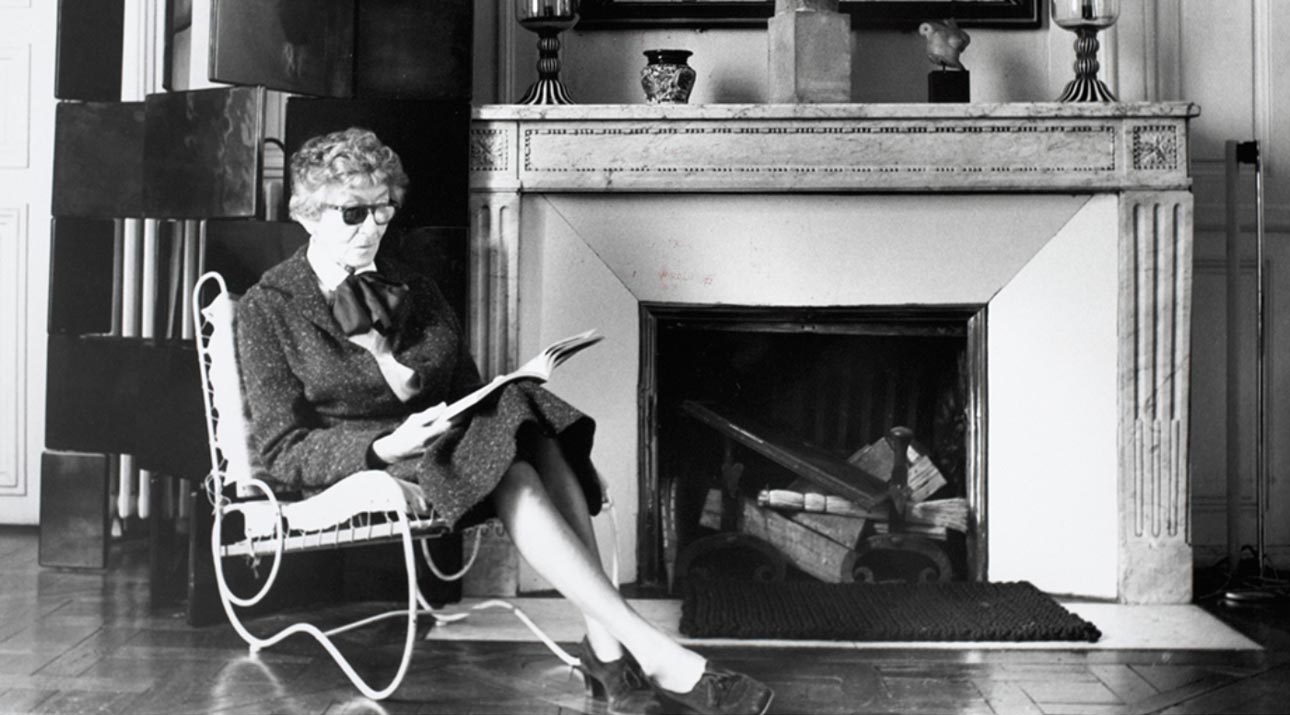
A unique style away from trends
Eileen, as well as being a designer, was an artist by vocation and training. This detail translates into original and different designs that combined traditional craftsmanship with the most advanced of the time.
How does a student at the Slade School of Fine Arts become a benchmark in industrial design? Her artistic career included trials with Japanese Asian lacquer, which she would later perfect with the Japanese artist Seizo Sugawara. But a trip to Paris would change everything, in 1900 she would visit the Universal Exhibition where Art Nouveau captivated her, in 1913 she had already consolidated her reputation with an exhibition of clear Art Deco influence at the Salon des Artistes Décorateurs in Paris. Her works were influenced by this movement through luxurious materials, ivory, furs, and ornaments typical of the style.
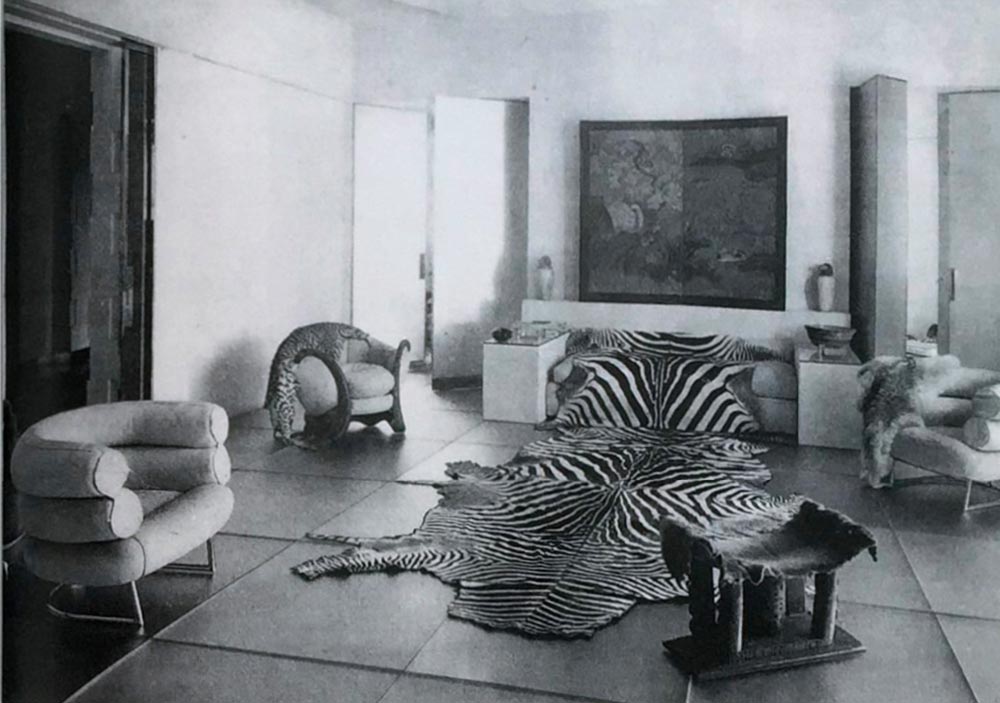
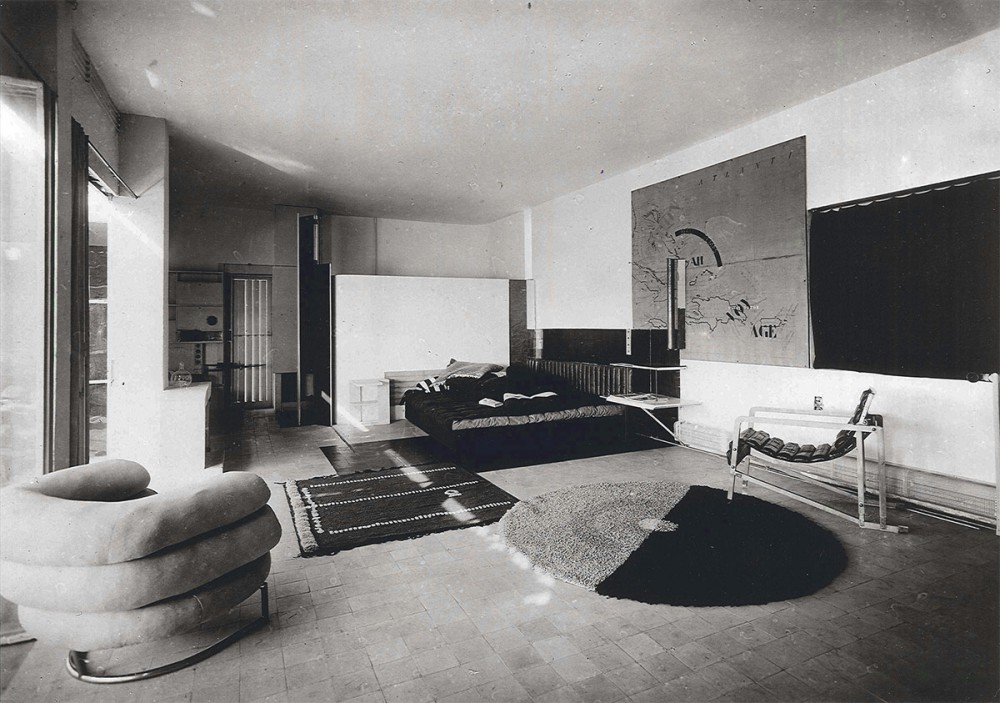
But soon Eileen would discover her own path, and, although she did not have the support of her male colleagues, she managed to carve out a niche for herself and stand out in the world of industrial design, becoming a visionary with a style all her own.
No two creations were ever the same, Eileen fled from trends and styles, she was independent, free, unique. She designed according to what she felt and thinking about who would receive that piece. She advocated a simple, authentic design, without artifice, she created pieces for wellbeing, thus laying the foundations of the modern design movement.
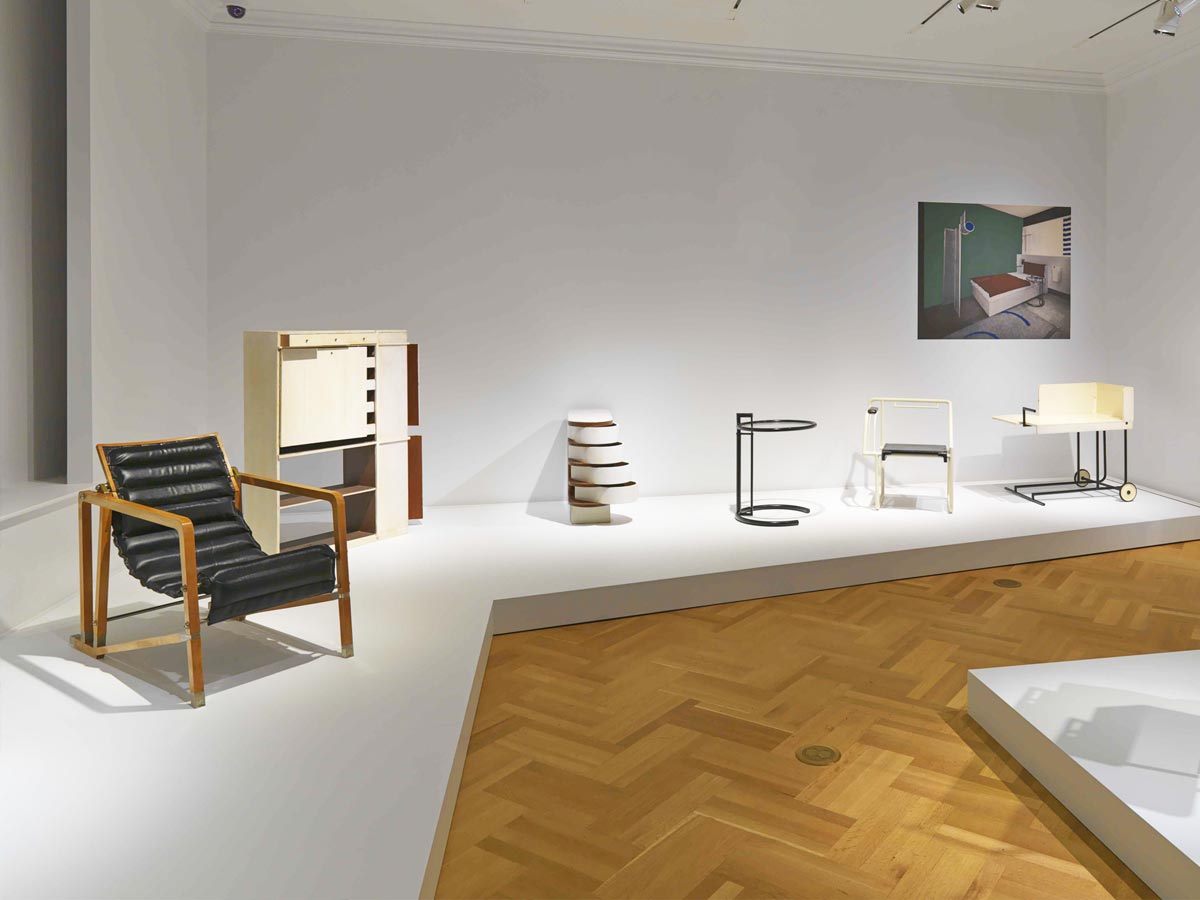
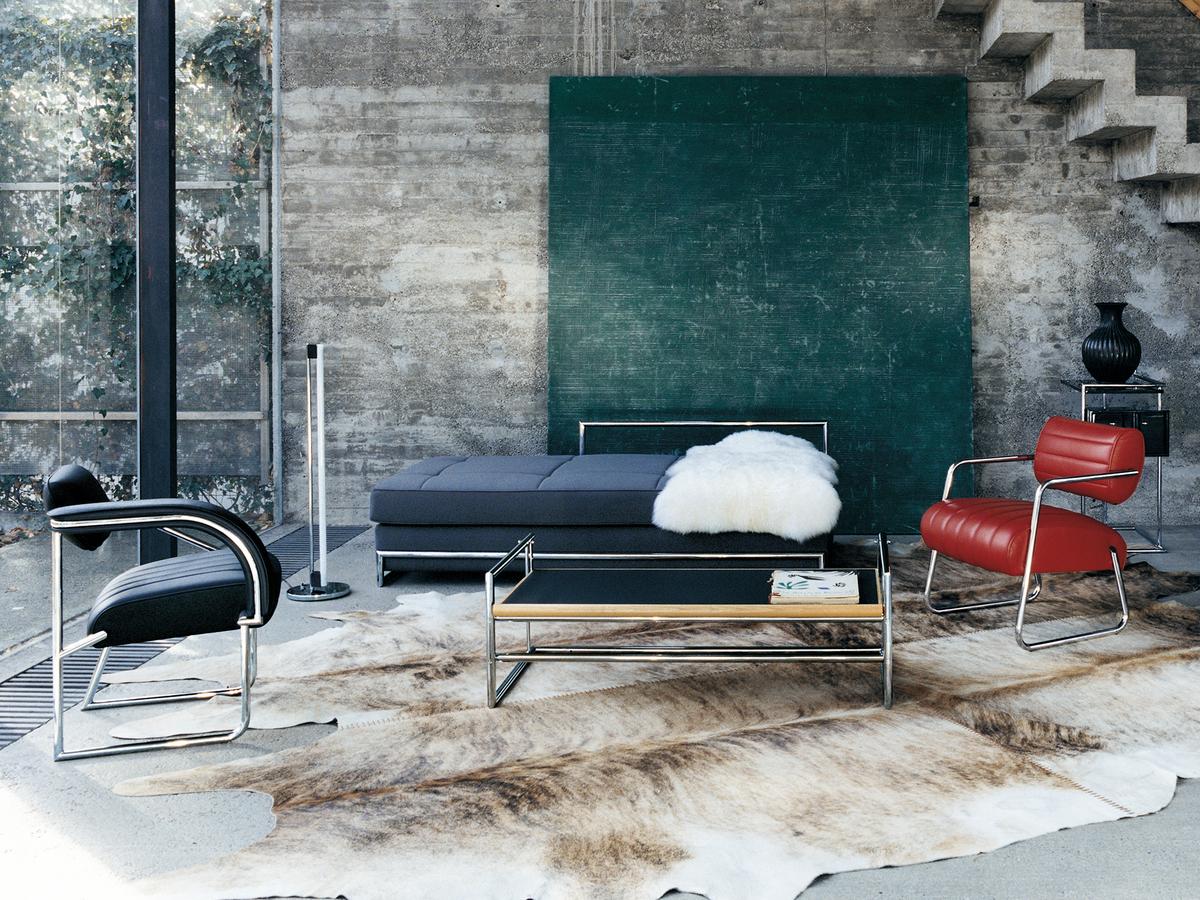
Eternal Eileen Gray
That was Eileen and that is how her pieces are today, full of intention and modernity, with a clear purpose.
One example is the Bibendum armchair, one of her best-known designs and with a curious origin as it was inspired by the famous Michelin Man that combines aesthetics with comfort.
Also well-known is her Adjustable Table E1027, created in 1927 and which, without knowing it at the time, was already a breakthrough in the design of the 1960s in terms of shapes, symmetry, and elegance.
In addition, she designed carpets, screens in which her talent with lacquer could be seen, and even houses such as the Maison en bord de mer and Tempe à Pailla, which shared the same premise as her designs: simplicity and efficiency.
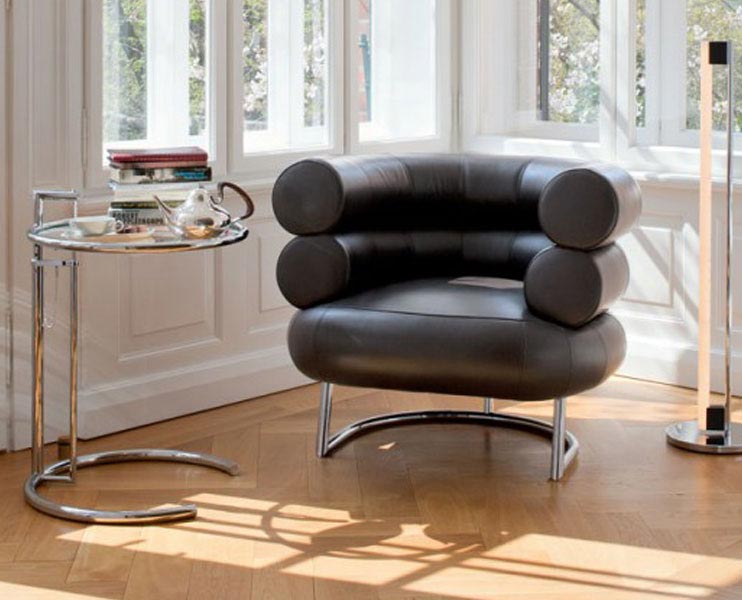
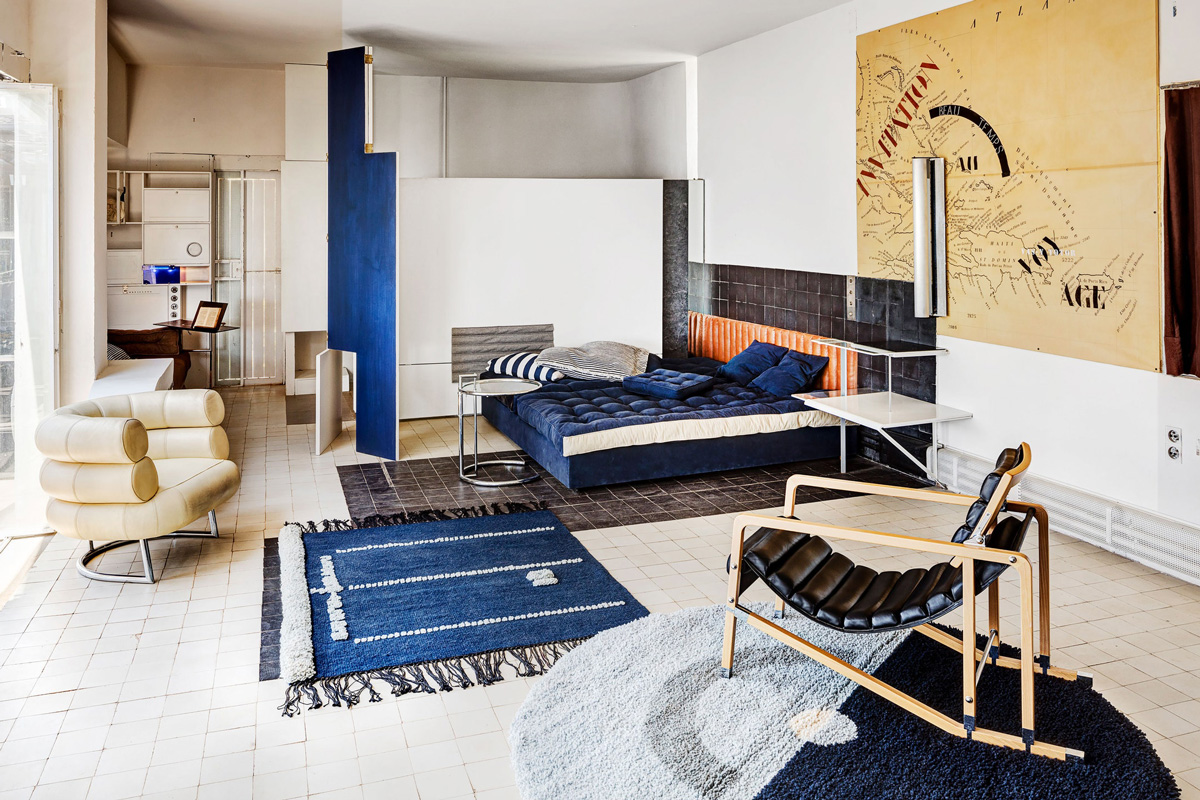
Some of the designs are around 100 years old and yet their work lives on, furnishing our most contemporary spaces. And isn’t that the main characteristic of good design? Creating furniture designed to endure over time while remaining desirable in it.
To finish, we leave you with this quote from Eileen that motivates us in our daily lives, and not only because we share her passion for design:




